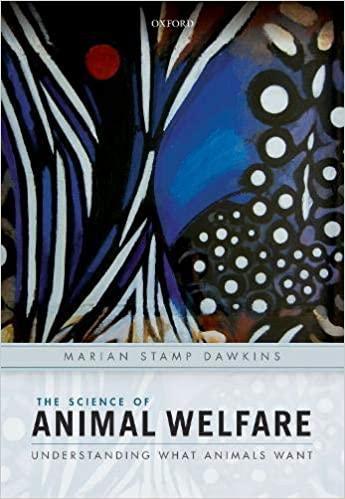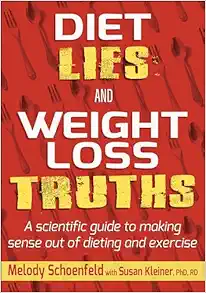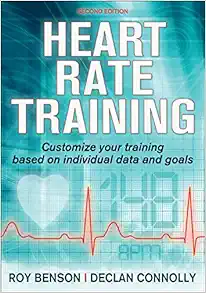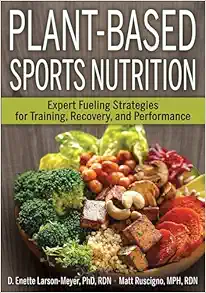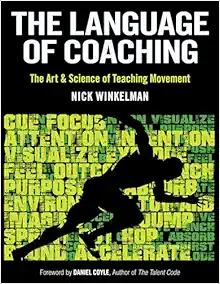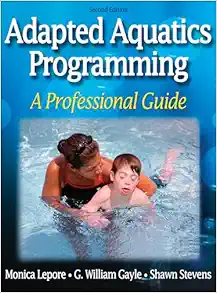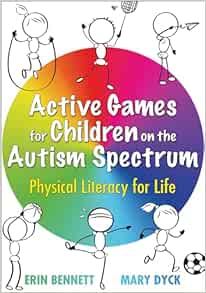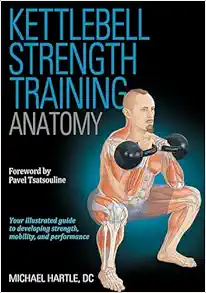The Science of Animal Welfare: Understanding What Animals Want
10 $
Delivery time: Maximum to 1 hours
The Science of Animal Welfare: Understanding What Animals Want
But, can we really understand what animals want? A consistent theme running through the book is that not only is it possible to establish what animals want, but that this information is vital in helping us to make sense of the long and often confusing list of welfare measures that are now in use such as ‘stress’ and ‘feel good hormones’, expressive sounds and gestures, natural behaviour, cognitive bias, and stereotypies. Defining welfare as ‘health and what animals want’ allows us to distinguish between measures that are simply what an animal does when it is alert, aroused, or active and those measures that genuinely allow us to distinguish between situations the animals themselves see as positive or negative. Sentience (conscious feelings of pleasure, pain, and suffering) is for many people the essence of what is meant by welfare, but studying consciousness is notoriously difficult, particularly in non-human species. These difficulties are discussed in the context of our current – and as yet incomplete – knowledge of human and animal consciousness. Finally, the book highlights some key ideas in the relationship between animal welfare science and animal ethics and shows how closely the well-being of humans is linked to that of other animals.
The Science of Animal Welfare is an ideal companion for undergraduate and graduate students taking courses in animal behaviour and welfare, as well as for professional researchers, practitioners and animal welfare consultants. At the same time, it is easily understandable to non-scientists and anyone without prior knowledge but with an interest in animals and the rapidly evolving science of animal welfare.
Product Details
Product Details
- Publisher : Oxford University Press (March 31, 2021)
- Language : English
- Digital eBook : 160 pages
Related Products
Basic Medical Book
Electrocardiography of Channelopathies: A Primer for the Clinical Cardiologist (PDF)
Basic Medical Book
Creative Thinking And Arts-Based Learning: Preschool Through Fourth Grade, 7th Edition (PDF)
Basic Medical Book
Basic Medical Book
Basic Medical Book
Basic Medical Book
Secrets Of Successful Program Design: A How-To Guide For Busy Fitness Professionals (PDF)
Basic Medical Book
Basic Medical Book
Basic Medical Book
Strength Zone Training: The Most Effective Method For Maximizing Muscle Development (PDF)
Basic Medical Book
Basic Medical Book
Basic Medical Book
Basic Medical Book
Velocity-Based Training: How To Apply Science, Technology, And Data To Maximize Performance (PDF)
Basic Medical Book
All-Pro Performance Training: An Insider’s Guide To Preparing For The Football Combine (PDF)
Basic Medical Book
The Language Of Coaching: The Art & Science Of Teaching Movement (PDF)
Basic Medical Book
Basic Medical Book
2023 & 2024 NIRSA Flag & Touch Football Rules Book & Officials’ Manual, 21st Edition (PDF)
Basic Medical Book
Achieving Excellence: Mastering Mindset For Peak Performance In Sport And Life (PDF)
Basic Medical Book
Neurodegenerative Diseases: Translational Models, Mechanisms, And Therapeutics (PDF)
Basic Medical Book
Breathe, Focus, Excel: Exercises, Techniques, And Strategies For Optimal Athletic Performance (PDF)
Basic Medical Book
Developing Speed (EPUB)- NSCA – National Strength & Conditioning Association, 2nd Edition
Basic Medical Book
Developing Speed – NSCA -National Strength & Conditioning Association, 2nd Edition (PDF)
Basic Medical Book
Personal Best Running: Coach Coogan’s Strategies For The Mile To The Marathon (PDF)
Basic Medical Book
Run Healthy: The Runner’s Guide To Injury Prevention And Treatment (PDF)
Basic Medical Book
Smarter Recovery: A Practical Guide To Maximizing Training Results (PDF)
Basic Medical Book
Basic Medical Book
Adapted Aquatics Programming: A Professional Guide, 2nd Edition (PDF)
Basic Medical Book
Genetics Primer For Exercise Science And Health (Primers In Exercise Science) (EPUB)
Basic Medical Book
Aquatech: Best Practices For Pool And Aquatic Facility Operators (PDF)
Basic Medical Book
Becoming A Sustainable Runner: A Guide To Running For Life, Community, And Planet (PDF)
Basic Medical Book
Breathe, Focus, Excel: Exercises, Techniques, And Strategies For Optimal Athletic Performance (EPUB)
Basic Medical Book
Basic Medical Book
Active Games For Children On The Autism Spectrum: Physical Literacy For Life (PDF)




